SUMMARY
This is AI generated summarization, which may have errors. For context, always refer to the full article.
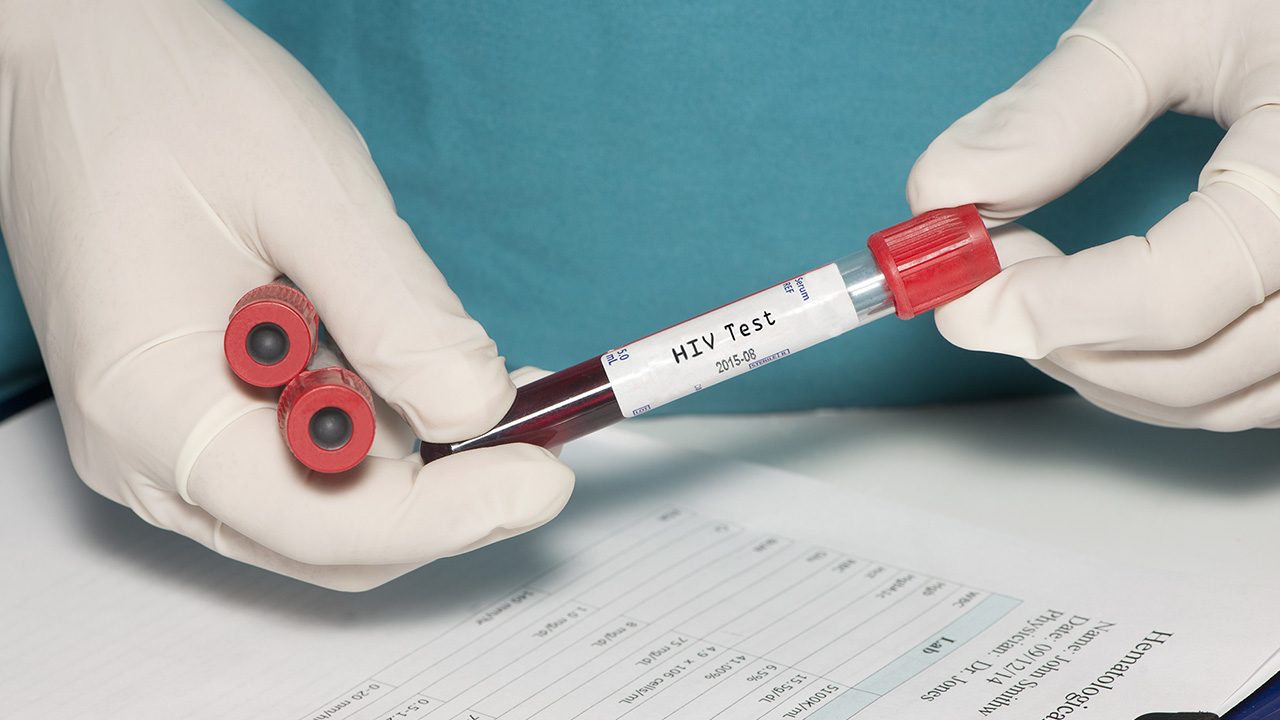
SORSOGON, Philippines – The Department of Health (DOH) has sounded alarm bells as the Bicol region saw an uptrend in Human Immunodeficiency Virus-Acquired Immune Deficiency Syndrome (HIV/AIDS) cases over the past three years.
From 264 cases in 2021, the number increased to 361 in 2022, and further to 397 by October of last year. This brings the total number of HIV/AIDS cases in Bicol to 2,553 since the health department in the region began keeping records in 1984.
At present, the Bicol region ranks 10th nationwide in terms of HIV/AIDS infections, contributing around 3% to the national count.
DOH data showed that the province of Camarines Sur logged the highest number of cases at 37%, followed by Albay at 29%, and Sorsogon at 14%. The other three provinces in Bicol recorded less than 10% each.
Sam Banico, DOH-Bicol’s manager of the HIV/AIDS and STI prevention and control program, said 55% of the HIV-AIDS cases in the region affected people whose ages range from 25 to 34 years old, while 15% are in the 15-24 age group.
The Bicol region has also seen 117 deaths due to HIV/AIDS-related illnesses since 1984, with the latest death occurring late last year.
Banico said the actual number of deaths could be higher due to unreported cases.
“The official number we have on record is just the tip of the very large iceberg as there are still a lot out there who remain undetected,” Banico said on Monday, May 13.
Banico said the DOH found the primary mode of HIV/AIDS transmission in the region remains among men having sex with men, accounting for 57% of cases. Men having sex with both men and women make up 27%, while men having sex with women account for 15%.
Of the total cases, 2,399 (94%) are male and 154 (6%) are female. The 25-34 age group has 1,415 cases, and the 15-24 age group has 409 cases.
Nationwide, the DOH’s HIV/AIDS Registry showed a higher percentage of cases among the youth, with 32% (396 cases) of the 1,256 cases in May 2023 alone, and 46% (573 cases) in the 25-34 age group.
Health officials in Bicol urged those who suspect they might have contracted the disease to get tested promptly, emphasizing the benefits of early detection and treatment with anti-retroviral (ART) medicines.
To combat the rising trend, the DOH has called on local governments to activate their local HIV-AIDS task forces to enhance grassroots-level anti-AIDS campaigns.
Banico stressed the importance of partnerships with local governments and other stakeholders, as the victims are within their communities.
At present, the region has three HIV/AIDS treatment centers: the Bicol Eastern Medical Center in Catanduanes, the Bicol Medical Center (BMC), and the Bicol Regional Hospital and Medical Center.
The DOH regional office is also in discussions with provincial health officials of Sorsogon, Masbate, and Camarines Norte to turn their provincial hospitals into additional HIV/AIDS facilities. –Rappler.com
Add a comment
How does this make you feel?
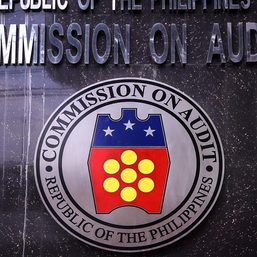

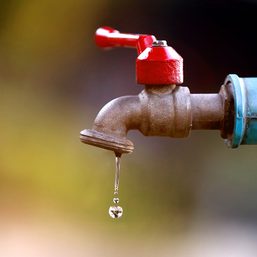



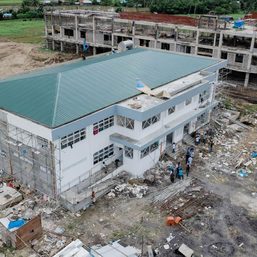


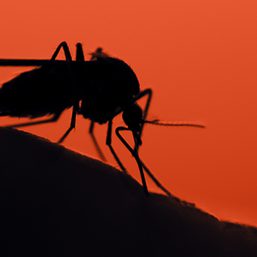




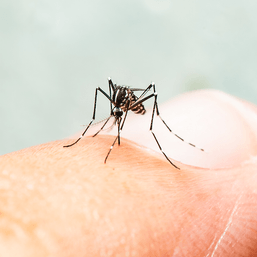

![[Free to disagree] Ending victimhood](https://www.rappler.com/tachyon/2024/05/TL-Ending-victimhood-May-20-2024.jpg?resize=257%2C257&crop_strategy=attention)


![[PANOORIN] May ‘silent epidemic’ sa Pilipinas?](https://www.rappler.com/tachyon/2023/12/silent-epidemic-dec-7-2023.jpg?resize=257%2C257&crop_strategy=attention)
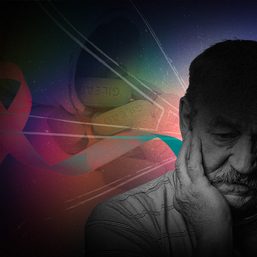

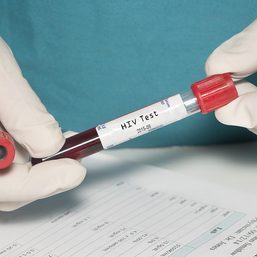

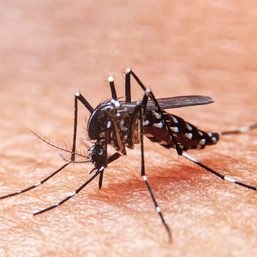

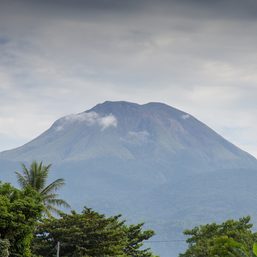

There are no comments yet. Add your comment to start the conversation.